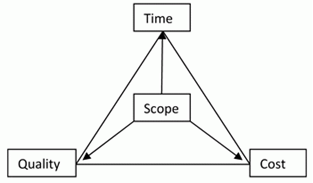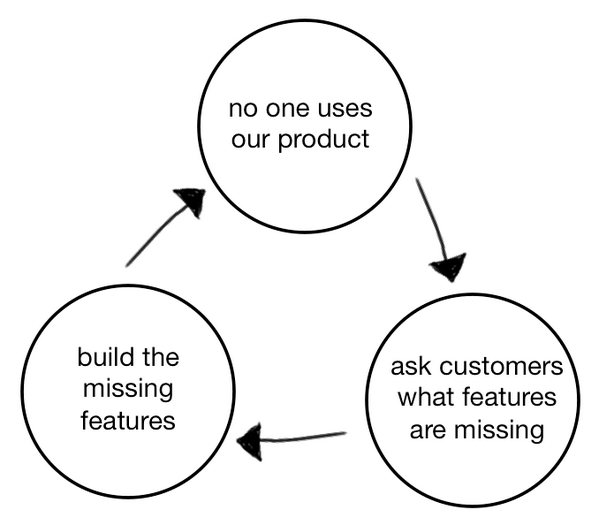At the end of this post, you will learn how investing an hour to properly calculate the market size could have spared top tier VCs such as Kleiner and Google investing $120 million in Juicero that had a market size of just $33,000!!
While Minimum Viable Product (MVP) is the best way to test your market fit and go-to-market strategy, you still need to do some calculations before the MVP phase to learn about your market size and what demand you would expect provided your business and market constraints.
Let’s Roll Up Our Sleeves and Get to Work!
Terminology
- Total Addressable Market (TAM): The revenue from selling your product or service assuming your company has unlimited resources and has no competitors.
- Serviceable Addressable Market (SAM): The revenue from selling your product or service limited by the actual amount of resources your company has.
- Serviceable Obtainable Market (SOM): The revenue from selling your product or service limited by the actual amount of resources your company has and all potential competitors and substitutes.
Calculate Market Size
Juicero planned to launch their $700 juice making machine in California, Arizona, and Nevada. So we will calculate TAM, SAM, and SOM for those markets.
Continue reading


